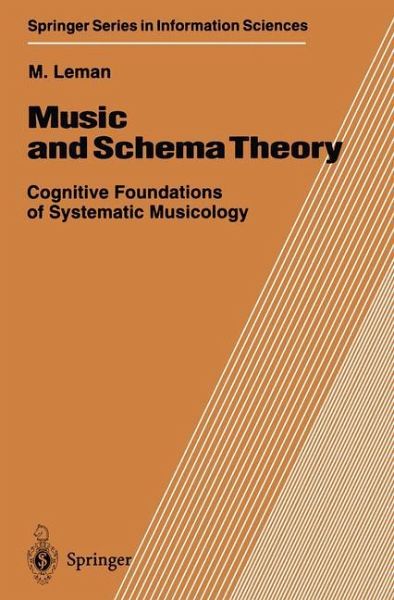
Music and Schema Theory
Cognitive Foundations of Systematic Musicology
Versandkostenfrei!
Versandfertig in 6-10 Tagen
76,99 €
inkl. MwSt.

PAYBACK Punkte
38 °P sammeln!
Music is an important domain of application for schema theory. The perceptual structures for pitch and timbre have been mapped via schemata, with results that have contributed to a better understanding of music perception. Yet we still need to know how a schema comes into existence, or how it functions in a particular perception task. This book provides a foundation for the understanding of the emergence and functionality of schemata by means of computer-based simulations of tone center perception. It is about how memory structures self-organize and how they use contextual information to guide...
Music is an important domain of application for schema theory. The perceptual structures for pitch and timbre have been mapped via schemata, with results that have contributed to a better understanding of music perception. Yet we still need to know how a schema comes into existence, or how it functions in a particular perception task. This book provides a foundation for the understanding of the emergence and functionality of schemata by means of computer-based simulations of tone center perception. It is about how memory structures self-organize and how they use contextual information to guide perception. Music and Schema Theory Music is an important domain of application for schema theory. The perceptual structures for pitch and timbre have been mapped via schemata, with results that have contributed to a better understanding of music perception. Yet we still need to know how a schema comes into existence, or how it functions in a particular perception task. This book provides afoundation for the understanding of the emergance and functionality of schemata by means of computer-based simulations of tone center perception. It is about how memory structures self-organize and how they use contextual information to guide perception.














